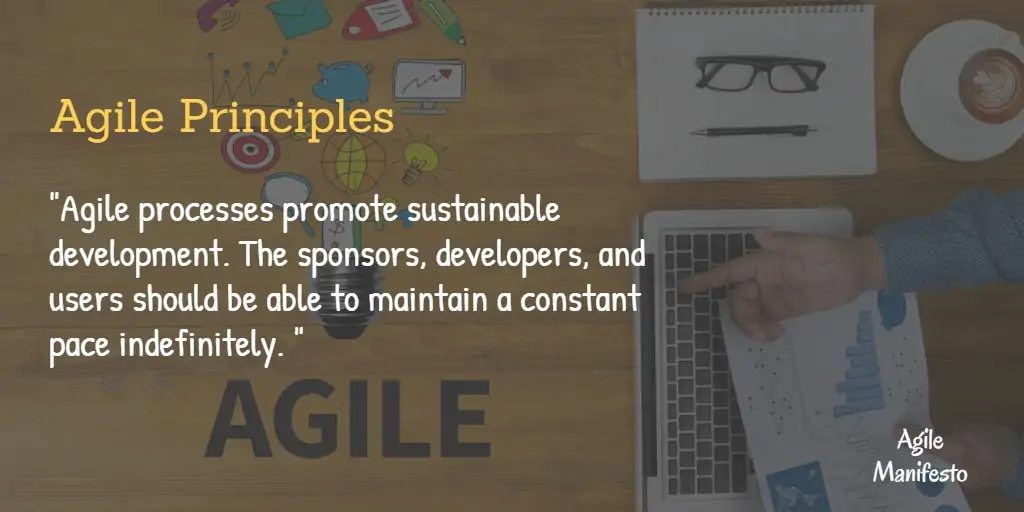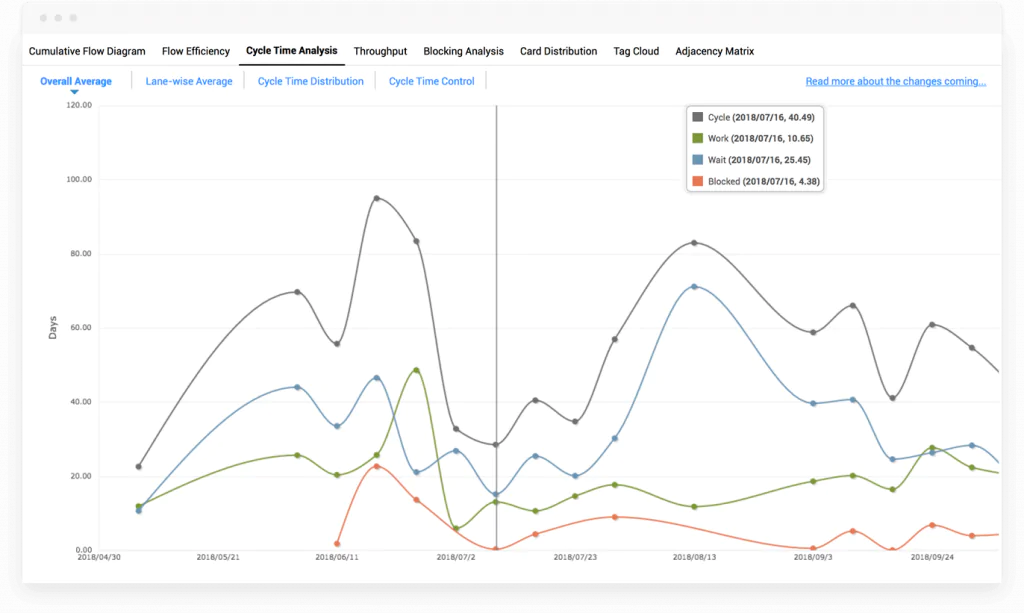
Plan, Work & Monitor Progress by Teams
Backlog Development/ Refinement
Story Mapping Board
Agile Estimation
Release/ Sprint Planning
Sprint Execution
Key Metrics
Agile Program Management
Hybrid Agile Project Management
Plan, Work & Monitor Progress by Teams
A small, cross-functional, and self-driven team plays a crucial role in delivering value in a Lean-Agile manner. So, building a team and observing their current work progress and velocity trend becomes business-critical so that customers continue to get optimal value at regular intervals.
Backlog Development/ Refinement
Nimble’s Backlog Refinement feature enables you to view, plan, triage, and assign workitems to sprints in a step-by-step manner. Moreover, at every stage, you can validate your action by the dynamic charts that guide how well you are capacitated.
There are three sections – Backlog, Sprint Planning, Groomed Backlog and with their own set of visual dynamic charts that help you plan your sprints.
Story Mapping Board
The Story Mapping board offers you a comprehensive visual tool to analyze, brainstorm and breakdown your user’s journey in a specific workflow of their regular work, starting with high-level steps down to the lowest level tasks they must be able to accomplish using your product.
With Story Mapping, you can clearly identify the specific sets of users (personas) who will interact with your product and define the specific tasks and activities that they will perform using the product. This helps you establish persona-specific functional and non-functional requirements of the system accurately. Personas are linked to the second level steps such as Epics.
Release/ Sprint Planning
It’s important that Agile teams spend just enough time estimating workitems in order to decide the sprint scope with confidence. Traditional hour based estimation doesn’t fit this purpose well as it requires considerable time to analyze the work in-depth to derive the estimates. That’s where T-Shirt sizing and story points based estimation techniques help you do estimation efficiently and effectively.
Using the Agile Estimation board, you can quickly estimate the level of effort required to develop a particular feature, and you can do it much faster than you can when using traditional estimating approaches. The Agile Estimation board employs the Relative Sizing technique so that you can size workitems easily.
Blocking Analysis
Release Planning is very crucial for product teams as they decide what to be shipped out as part of the release. To plan a release, the team needs some information like the product backlog, time of release, team velocity, etc. acquiring which is not an easy experience often.
Nimble Release Planning board helps you plan for the upcoming releases in order to achieve important outcomes from the business perspective. It also helps you plan future releases by providing average of last 3, best 3 and worst 3 releases in terms of workitem count and story point estimates as guidance. Along with this a treemap helps you assess this at a glance when you have done story points-based estimation. You can track the progress of each release separately.
Sprint Execution
Visualizing your value stream is one of the key tenets of Agile execution so that you can easily assess the progress of your workitems at a glance. Simply designate a column as the Percent Progress column in the value stream to see the parent cards move ahead as they make progress.
You can now track any existing or new workitem onto the board with the enhanced card capability on the Execution Board. Moreover, the restriction to have only cards tagged to Release for them to be seen on the Execution Board has been removed so that you can visualize progress of workitems like Themes, Epics on the value stream.
Key Metrics

Sprint Burndown Chart
Nimble Sprint Burndown chart offers you a clear view of the team’s progress as of current day, in terms of remaining hours for the ongoing sprint. If the team is lagging in its planned progress, then the summary highlights the projected spillover. It also suggests the percentage at which you need to spend the remaining effort higher than the current burndown rate to avoid the projected spillover.

Release Burnup Chart
Release Burn-up chart, you can easily view the work being completed by the team for the current release, in terms of points and count of cards. The ideal burn-up depicts the rate at which work needs to be performed to complete the release scope on time.

Workitem Type Distribution
Workitem type distribution widget on Nimble helps you get a quick view of the workitem type-wise distribution of the workitems for a given Release or Sprint. The Pie Chart can be viewed in terms of Workitem Count and Estimate (Points) thus giving you weightage for each work type.

Release Burnup Chart
Sprint velocity trend helps you measure how much work your team has accomplished in the past sprints. Once your team has completed a few sprints, they can use the velocity to forecast how much of the backlog they can finish in the upcoming sprint.
Agile Program Management
Nimble delivers a full-function Agile module that comes with full-function Planning and Execution Board features. Agile teams will be able to leverage a wide range of Agile capabilities to manage Agile projects much more easily and intuitively.
Using Nimble, your teams can execute large and complex Agile Projects. Nimble has all the sophisticated capabilities of supporting multiple organization structures, roles, hierarchies, custom processes and rules – all that should be expected in an Enterprise Agile tool.
Hybrid Agile Project Management
Nimble suite provides a combination of functionality and configurability that provides a fantastic combination of the traditional Project/ Program planning/ management, combined with all of the Agile execution capabilities a team might want.
Lean and Agile management methods such as Scrum, XP – and more recently, Kanban and Scrumban – combined with technical engineering practices such as TDD, test automation and automated build and deployment have had a dramatic impact on the quality, time to market and the frequency of deployment of applications and software.
Manage your Digital Transformation and DevOps Projects Effectively.
Request for a customized Nimble Demo!









